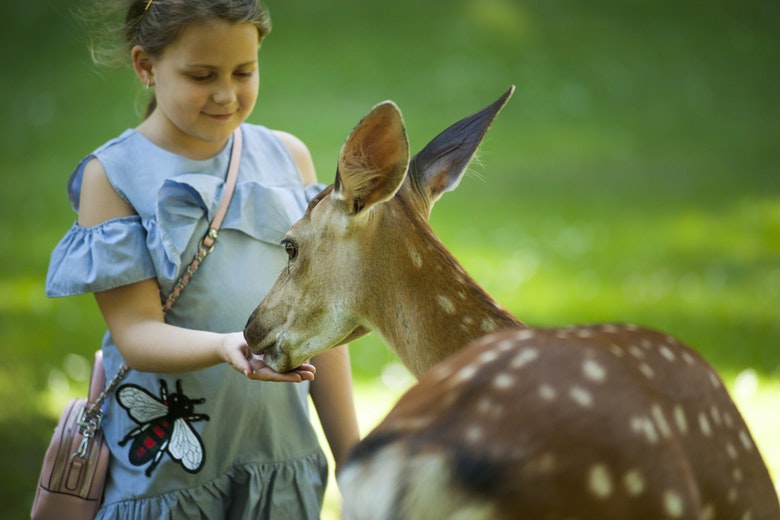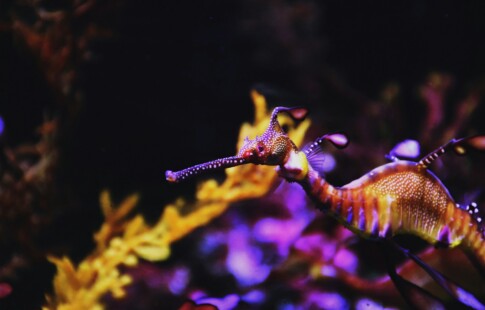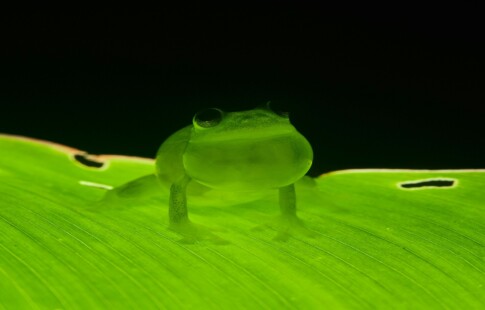
Tips for Teaching Wildlife Conservation for Kids
We are reader-supported. When you buy through links on our site, we may earn affiliate commission.
Childhood lessons continue to influence kids throughout their lives, which is why it’s so important to make sure you’re teaching your kids what they need to know about life and the planet. By teaching your kids about wildlife conservation today, you can help ensure they’re kind to their environment even when they’re all grown up.
As climate change and unsustainable practices continue around the world, people are spending more and more leisure time inside in front of screens. In order to remedy this common disconnect from the natural world, make sure you’re helping your kids develop an appreciation for nature early in life. The more they get involved with the outdoors, the more they’ll understand the importance of protecting the planet.
Though Shakespeare definitely wasn’t talking about kid conservationists, it’s true that, though your kids be but little, they are fierce. They have the power to build a sustainable future, as long as you help them see why it’s important. Here are some tips you can use to teach wildlife conservation for kids.
Ways to Teach Wildlife Conservation for Kids
1. Visit Zoos and Aquariums
Some experts consider zoos and aquariums to be on the front lines of conservation. Indeed, the most significant impact these organizations have is through teaching children the importance of wildlife. Zoos accredited by the Association of Zoos and Aquariums provide informal science education to 50 million children visitors annually.
Because public outreach and education are huge components of zoos and aquariums, they are great places for your kids to learn about wildlife. Wherever you live, it’s likely that you have one nearby. Take your kids to visit and allow them to gravitate toward the exhibits that interest them. Read signs together and talk with them about the animals they see.
2. Read Books and Watch Documentaries
Debate about teaching climate change and other environmental subjects in schools means that your kids may not be getting all the education they need in the classroom. Luckily, it’s easy to supplement your kids’ education with books and documentaries specifically tailored to teaching kids about wildlife.
You can look for kid-friendly books and movies at your local library or find resources for teachers and parents online. Be sure to read or watch together so that you can discuss what your kids are learning.
3. Go Geocaching
Geocaching is a great way to combine natural exploration with technology. By using GPS technology in your phone, you can take your kids on a treasure hunt in the natural areas surrounding your home.
You can use geocaching to get fresh air, find great new areas and even teach kids environmental ethics, since the rules of geocaching state you must always replace the treasure you remove from the environment in equal amounts.
4. Observe Nature in Your Neighborhood
You don’t have to do anything extraordinary to teach your kids about wildlife. After all, people cross paths with the natural world every day. Supply your kids with notebooks, binoculars and magnifying glasses and take a nature walk around your neighborhood.
Use your notebooks like field guides, drawing and recording details about what you encounter. When you get home, you can look up the bugs, birds and plants you encountered to learn more about them and their roles in your own little ecosystem.
5. Travel to a National Park
If you’re in the mood to get out of your every-day environment, consider taking a vacation to a national park. Many parks are perfect for kids — sparking wonder and excitement about the natural world. From geysers to glaciers, Earth’s biggest natural features can give parents and kids alike a reminder of how small people are as creatures on earth and how important it is to protect natural beauty.
6. “Adopt” an Endangered Animal
Many conservation societies allow people to “adopt” endangered animals for a small fee. They will send you a certificate and pictures of the animal, and keep you updated on the safety of its species. This can be a fun way for you and your kids to learn about endangered species while contributing to a charitable organization that protects them.
7. Plant a Pollinator Garden
Once your kids know a little bit about the environment and how to protect it, it’s time to apply what you’ve learned. Planting a pollinator garden in your yard can be a great opportunity to teach about plants and pollination while giving your kids some hands-on experience.
Once you’ve planted your garden, keep track of how many pollinators are visiting. How many do your kids count when you first plant the garden? After a few days, are there more? This can help your kids see the impact their actions can have on the world.
8. Have Your Kids Help with Recycling and Composting
Recycling and composting are essential to reducing household waste. If you already recycle and compost, invite your kids into the process. Have them help you sort recycling and deliver it to the recycling center. If they’re interested, you can even teach them about the process. If you’re not already recycling and composting, start doing so and involve your kids from the beginning.
Starting recycling and composting habits early helps growing kids see them as a normal chore that should to be done regularly, just like taking a bath or brushing teeth. Hygiene for the planet is important too.
9. Get Involved in Your Local Community
If you’re interested in teaching your kids the long-term merits of conservation, one of the best ways to do so is to help them participate in environmental projects in your local community. Ask around to learn what areas need help and look for groups your family could join. By helping out in your community, your kids will learn not only the importance but the joy of protecting the environment.
By following these tips, you can set your children on the path to sustainable success in the future while connecting with them on a deep level today.
Share on
Like what you read? Join other Environment.co readers!
Get the latest updates on our planet by subscribing to the Environment.co newsletter!
About the author

Jane Marsh
Starting from an early age, Jane Marsh loved all animals and became a budding environmentalist. Now, Jane works as the Editor-in-Chief of Environment.co where she covers topics related to climate policy, renewable energy, the food industry, and more.





